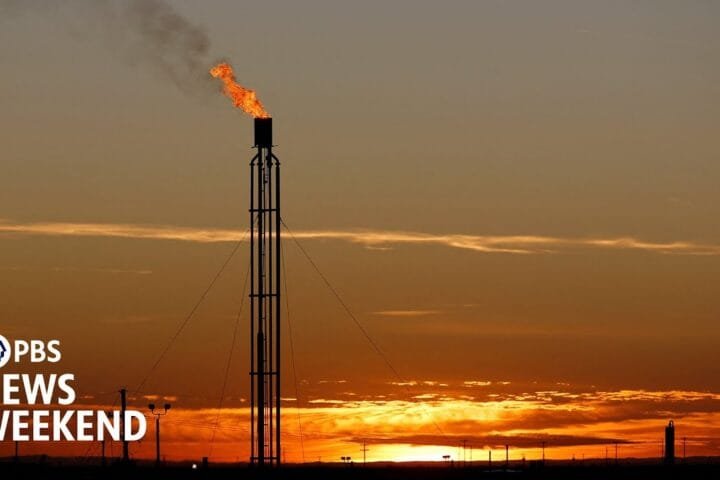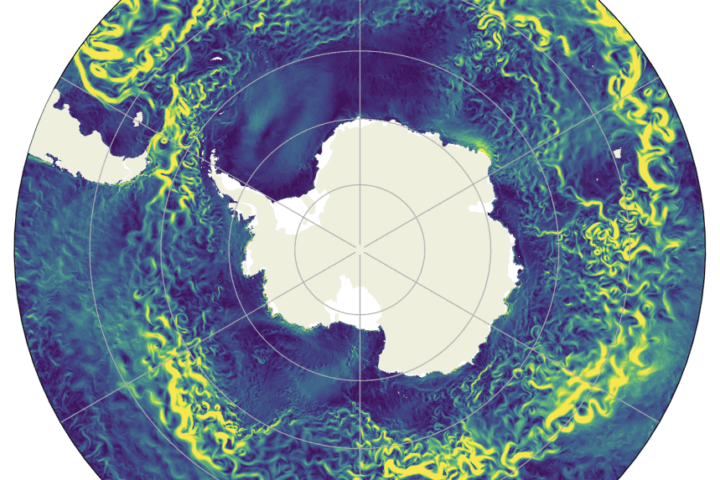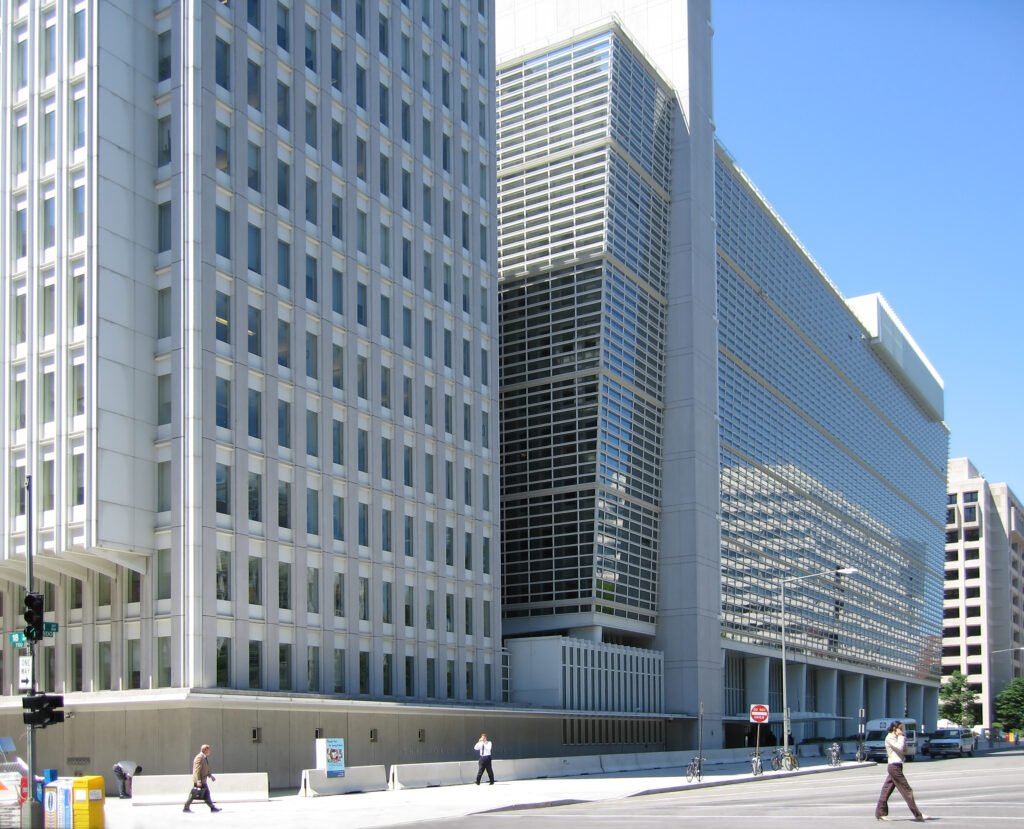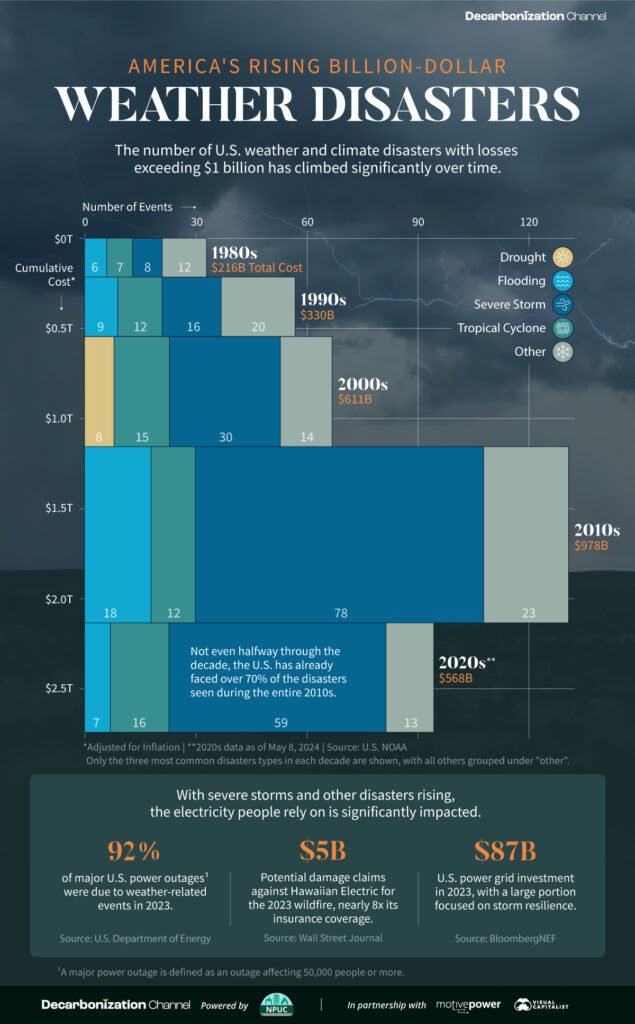Two countries—Slovenia and Venezuela—have lost all of their glaciers. It is a grim benchmark showing the progression of climate change
Some news outlets reported this month that Venezuela might be the first country in modern times to lose all of its glaciers. However, researchers told E&E News that Slovenia likely claimed the solemn title more than three decades ago.
When does something stop being a glacier?
A May post on X, formerly Twitter, by climatologist Maximiliano Herrera drew attention to the decline of La Corona — Venezuela’s last glacier — by citing December measurements from the Universidad de Los Andes showing a remaining area of 0.02 square kilometers.
There’s no universally accepted point of death for a glacier, and no international organization is recognized as the authority on glacial classification. But Centeno said that “the minimum size for a glacier is 0.1 [square kilometers.]” The United States Geological Survey also uses that threshold and says it’s “the commonly accepted guideline.”
In Slovenia, Skuta’s area has been under 0.1 square kilometers since at least 1969, and Triglav fell under the threshold in 1986. La Corona, in Venezuela, likely lost its glacial status in 2016.
Read the full post at Scientific American.




